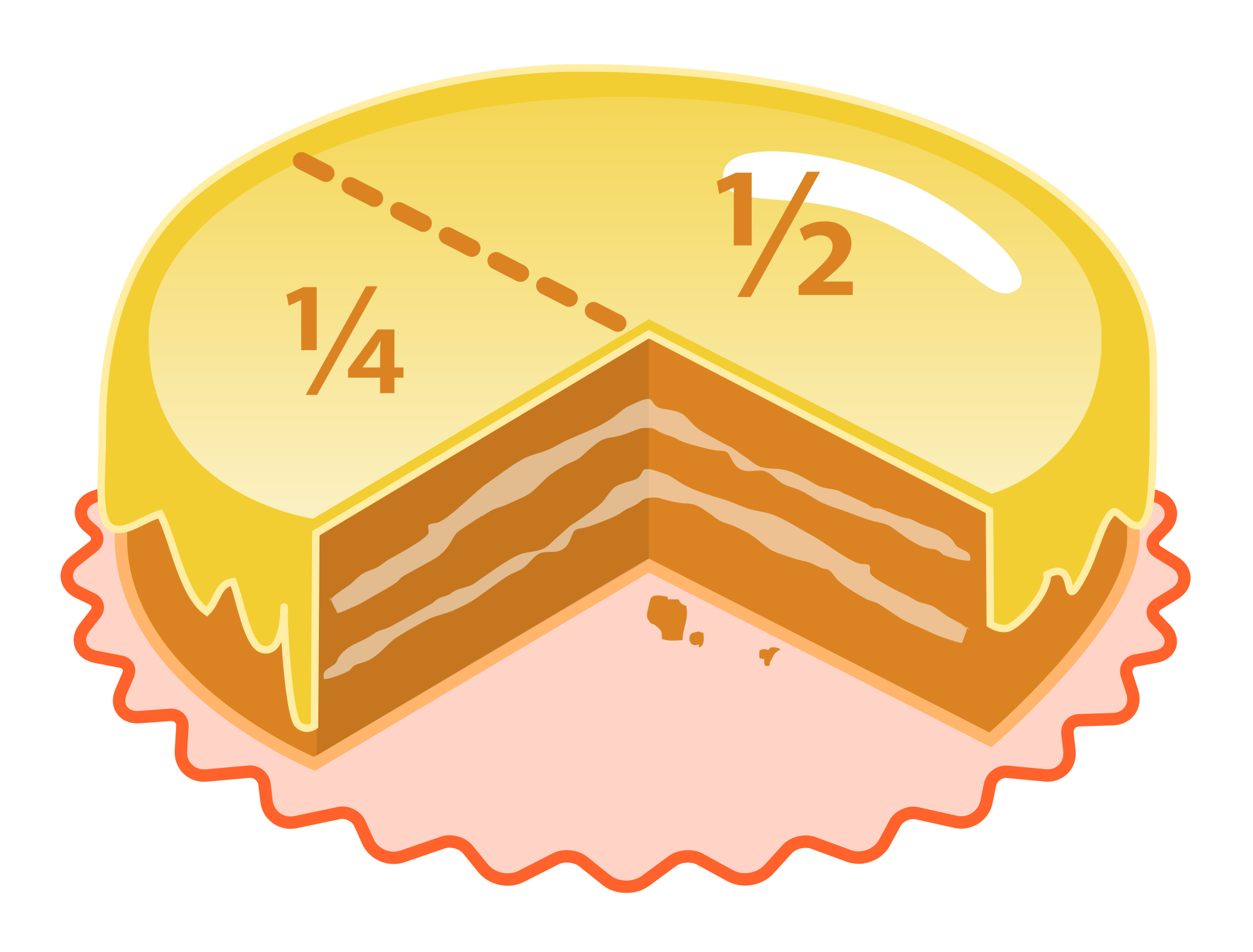The first step to multiplying fractions is understanding the difference between the numerator and the denominator. The numerator is the top number of the fraction and the bottom number is…
read moreFractions are a very important part of math, and the first step to becoming comfortable with fractions is learning how to add and subtract them. Learning how to use fractions…
read moreOverview The concept of dividing a whole into parts and then dividing the parts into smaller entities is basic to mathematics. That model of division can be illustrated by manipulatives…
read moreOverview A complex rational expression contains a fraction within a fraction. In math language, it is a rational expression that has one or more rational expressions contained within the numerator,…
read moreOverview Rational expressions are like fractions, and must have common denominators in order to be added or subtracted. In order to find the smallest denominator in common, the least common…
read moreOverview Multiplication of fractions and rates with variables is similar to multiplying regular fractions and rates. It is important to cancel out common factors and units. The General Pattern The…
read moreOverview: Fractions can be converted to corresponding decimals, and both fractions and decimals can also be converted to percents. As with many equivalent expressions in mathematics, fractions, decimals, and percents…
read moreOverview: Adding and subtracting fractions is similar to adding and subtracting whole numbers, with one important difference. The denominators must be the same, so that if the fractions do not…
read moreOverview: What Are Fractions? Fractions consist of a numerator, a, and a denominator, b, so that the fraction takes the form a/b. The denominator is the number of equal parts in…
read more



